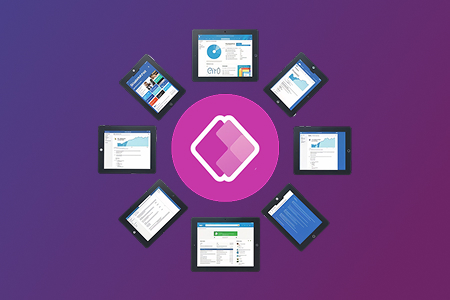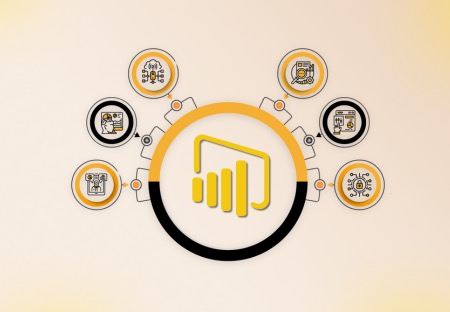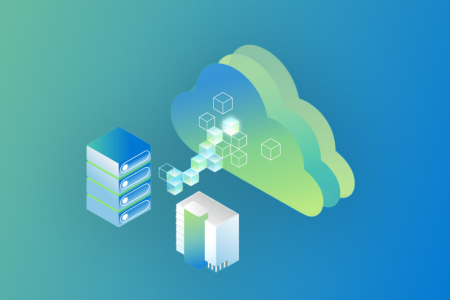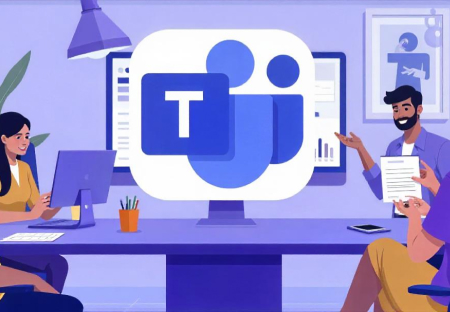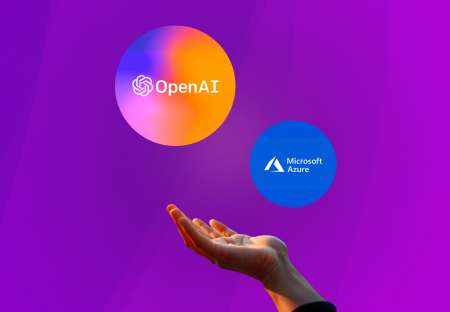Cloud adoption has been a slow process for many organizations, but that’s changing. In 2018, more than half of the Fortune 100 companies were using some form of Multicloud storage,or cloud computing services from Amazon Web Services (AWS), Microsoft Azure, or Google Cloud Platform (GCP). The number of businesses moving to the cloud is expected to grow by another 40% within the next five years.
But before you can make your transition to a Multicloud environment. You must understand how it will impact your organization and the risks involved with these changes.

Multicloud Storage Skills and Resources
The biggest challenge to Multicloud adoption is the skills and resources required. You need people with cloud experience, but also those who can help you get started.
You also need money. Many organizations do not have adequate funds in their budgets for an extensive migration strategy. The large-scale project management activities like they would if they were moving from on-premises to cloud-hosted applications (often called legacy apps).
Cloud Platform Lock-in
The cloud is a big investment, and you want to make sure that your cloud provider is right for your business. With so many options available, it can be difficult to choose the right one. However, lock-in isn’t just a risk for small businesses—it’s also an issue for large enterprises that want to move their data over time.
Lock-in has two main causes:
- The first cause is when vendors decide which platforms they’re going to use because of their internal policies or because they think customers will demand these features for them to stay competitive. This can lead smaller companies into situations where they have no choice but to stay with one vendor forever (especially if there are few alternatives).
- On top of this issue is bad news for consumers who end up stuck on outdated products without any real alternative options available at all times; it’s also bad news since it means less innovation overall since new ideas aren’t tested against existing systems before being implemented into production environments (which means less innovation overall).
Multicloud Storage Costs
Costs are always a concern, but they can vary depending on the provider and service. For example, if you’re using an enterprise cloud provider that offers a multi-cloud approach (that is, multiple clouds), then your cost will be lower than if you were to use only one cloud provider with its own data center infrastructure.
If your organization doesn’t have any experience with public clouds yet but is interested in using them as part of your Multicloud storage strategy, there are some cost-cutting options available :
- Avoiding purchasing dedicated hardware by using virtual machines instead
- Using third-party services such as Amazon Web Services (AWS) instead of buying internal servers yourself
Multicloud Storage Application Performance, Latency, And Security
The Application performance, latency, and security are the top challenges for cloud adoption. Application performance is the number one challenge. Because it directly impacts how users interact with a system. How much value they derive from it. This can be measured in terms of things like response time (how long it takes to get back), throughput (how many requests per second), or latency (the average time between when an event happens and when your request is processed).
Latency is the second most important factor affecting user experience. If there’s a slow response time or poor performance during peak hours, customers will switch providers. Because they don’t want to deal with those issues anymore. And security concerns are also directly tied to application performance—if someone hacks into your system, then anyone else who uses that same server could also be at risk!
Migration Strategy
As you’re planning your migration strategy, it’s important to understand your current environment and goals. You may have a lot of data in place, but if you don’t know how much capacity there is or what the underlying hardware is like, then it will be difficult for you to decide which cloud providers are best for your needs. For example:
- If there aren’t enough storage space on-premises (or even local), then migrating apps into one virtual machine instead of several physical ones will reduce costs while still giving them access to all their data.
- If employees want to access from any device with an internet connection—and they do—then migrating them over may not be possible because they can’t be transferred offsite quickly enough during peak periods when demand is high and servers aren’t available locally anymore.”
Cloud Operations Strategy
The next challenge is to manage cloud services and applications as a portfolio. You can use a cloud management platform to manage your cloud services and applications, which allows you to keep track of all of them in one place. This helps with monitoring, security, and control over the entire stack.
A good example of this would be the Google Cloud Platform (GCP). It offers many tools that help organizations monitor their infrastructure more effectively:
- G Suite Enterprise edition has built-in reporting functionality which helps customers analyze data across all platforms (private clouds, public clouds like AWS or Azure), users within each organization who use different mobile devices (Android phones vs iPhones), etc., so they can understand how much storage space each user consumes per day/month/year, etc., based on usage trends over time.
- Machine learning models enable automated discovery of potential problems before they become serious issues – such as detecting when someone is using too much bandwidth unexpectedly because they forgot about it getting billed as usual but didn’t realize until later when checking their account balance online;
Multicloud is growing in interest and adoption, but that doesn’t mean it’s the right option for your organization or, it will solve your challenges. Especially, if you’re not prepared to deal with the complexities of Multicloud management and operations.
Multicloud storage is a complex environment
You need to think about how each cloud service provider will deliver their services. How they’ll manage them; how all this fits together into a cohesive whole. And then there’s also the issue of who owns each part of your infrastructure—and what happens when any one part fails? Do you have an Operations Center (OC) team dedicated specifically to monitoring these services 24/7? If not, where do they come from? What skill sets do they require? And can they scale as needed when problems arise mid-day rush hour traffic jam on I-5 where everyone else has stopped dead because some idiot just tried driving through someone else’s lane onto their own side of the road.
Conclusion
This is a complex topic and it’s important not to get caught up in the hype. We’re excited about Multicloud Storage. It has a lot of potential, but we also want everyone to be aware. This is still very much an emerging technology with evolving best practices. Forcing your organization into the Multicloud model without planning for these challenges could lead to serious problems down the road. It’s better to work with your cloud provider on a strategy that matches your needs today. So you can make sure you don’t regret it tomorrow!
Learn More: Cloud Services of Metaorange Digital


